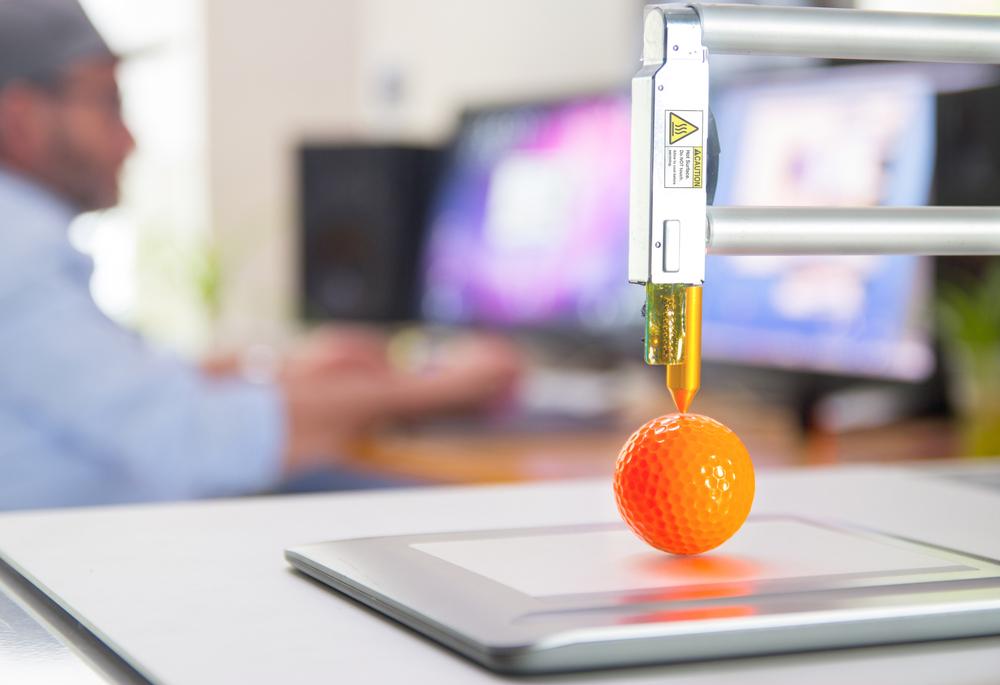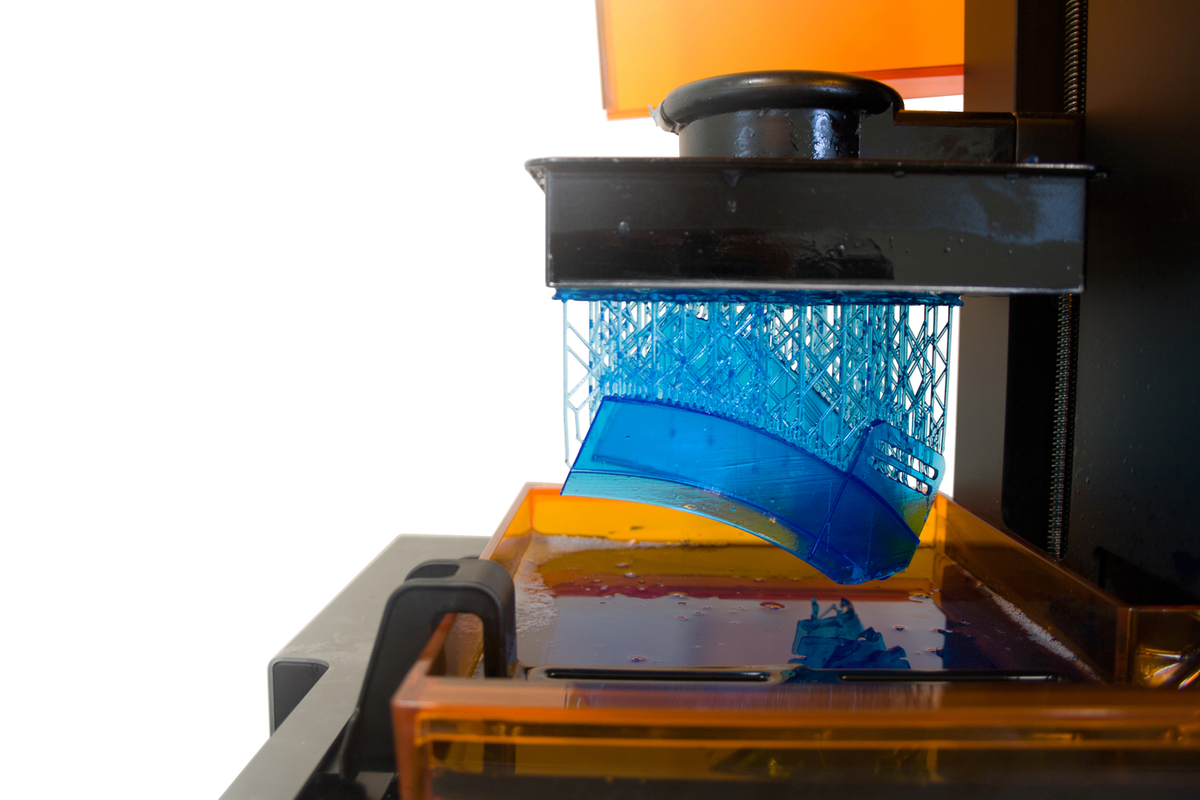Emerging Technologies Turning Sci-Fi into Everyday Reality
Discover how futuristic technologies like biometric security, 3D printing, indoor skydiving, tactical military suits, and vacuum elevators have transitioned from science fiction ideas to everyday realities. Explore these groundbreaking innovations transforming industries, enhancing safety, and improving daily life in this comprehensive overview of emerging technological advancements. Gain insight into how human creativity and scientific progress continue to blur the lines between imagination and reality, paving the way for a smarter, safer, and more dynamic future.

For decades, science fiction has served as a powerful source of inspiration for scientists, engineers, and innovators around the world. Many futuristic concepts once confined to the pages of books or scenes on the silver screen have gradually transitioned into tangible, real-world technologies, revolutionizing various industries and enhancing daily life in unprecedented ways. From sophisticated security systems to advanced manufacturing techniques, these technological strides demonstrate the profound impact of human creativity and imagination in pushing the boundaries of possibility. In this article, we explore some of the most exciting emerging technologies that are no longer just fantasies but are now integral parts of our modern world.
Biometric security systems exemplify how cutting-edge science is transforming personal and organizational safety. Using unique physiological or behavioral traits—such as fingerprint patterns, facial recognition, retina scans, or voice analysis—these systems provide highly secure, contactless methods of identity verification. Once considered futuristic, biometric authentication is now widespread, employed in smartphones, banking apps, airports, and corporate facilities. As technology advances, biometric systems are becoming faster, more accurate, and more accessible, effectively redefining how we safeguard our digital and physical assets.
3D printing technology has completely altered the manufacturing landscape. Originally developed as a rapid prototyping tool, additive manufacturing now enables the creation of complex objects—from industrial components and aerospace parts to customized medical implants and even household items. The ability to produce bespoke items on demand reduces waste, lowers costs, and shortens production cycles. With improvements in materials and printing precision, industries are increasingly relying on 3D printing to innovate and optimize their processes. This groundbreaking technology continues to evolve, opening new horizons for customization and innovation across diverse sectors.
Indoor skydiving is another impressive example of how simulation and safety technology create thrilling experiences closer to home. Using vertical wind tunnels that mimic the free-fall sensation of traditional skydiving, these facilities provide accessible and safe ways for enthusiasts to experience the thrill without jumping out of an aircraft. The development of sophisticated airflow control systems and safety protocols has made indoor skydiving a popular recreational activity and a training tool for aspiring skydivers and military personnel alike. This technology exemplifies how harnessing the power of airflow and physics can turn a once-extreme sport into a mainstream entertainment—and training—option.
Military and tactical industries are also benefiting from innovative protective suits designed with cutting-edge materials and technology. Tactical military suits now incorporate lightweight armor, integrated communication systems, environmental controls, and even sensors to monitor vital signs. These suits enhance soldier safety, mobility, and operational efficiency in combat or hazardous environments. Advances in nanotechnology and materials science have been instrumental in developing these multifunctional suits, providing versatile solutions that adapt to various battlefield conditions. Such innovations underscore how technology is transforming military gear from basic armor into sophisticated military systems.
Vacuum elevators are revolutionizing building accessibility by allowing for smooth, quiet, and space-efficient vertical transportation. Unlike conventional elevators, vacuum elevators operate using air pressure to move the cabin vertically, requiring minimal installation space and offering increased safety features. They are ideal for residential buildings, offices, and even hospitals where space constraints are common. With easy installation, user-friendly controls, and eco-friendly operation, vacuum elevators represent the future of vertical mobility, making buildings more accessible for people of all ages and abilities. This technology underscores the ongoing trend of integrating innovative, sustainable solutions into everyday architecture.
As these examples illustrate, contemporary technological advancements continue to cross the boundaries between imagination and reality. The seamless integration of innovative solutions into daily life demonstrates the limitless potential of human ingenuity. While some of these technologies began as concepts in science fiction, ongoing research and development ensure that they remain on the cutting edge of progress. The ongoing synergy between science and imagination promises an exciting future—one where the fantastical becomes routine, and possibilities previously deemed impossible become indispensable tools shaping our world.




